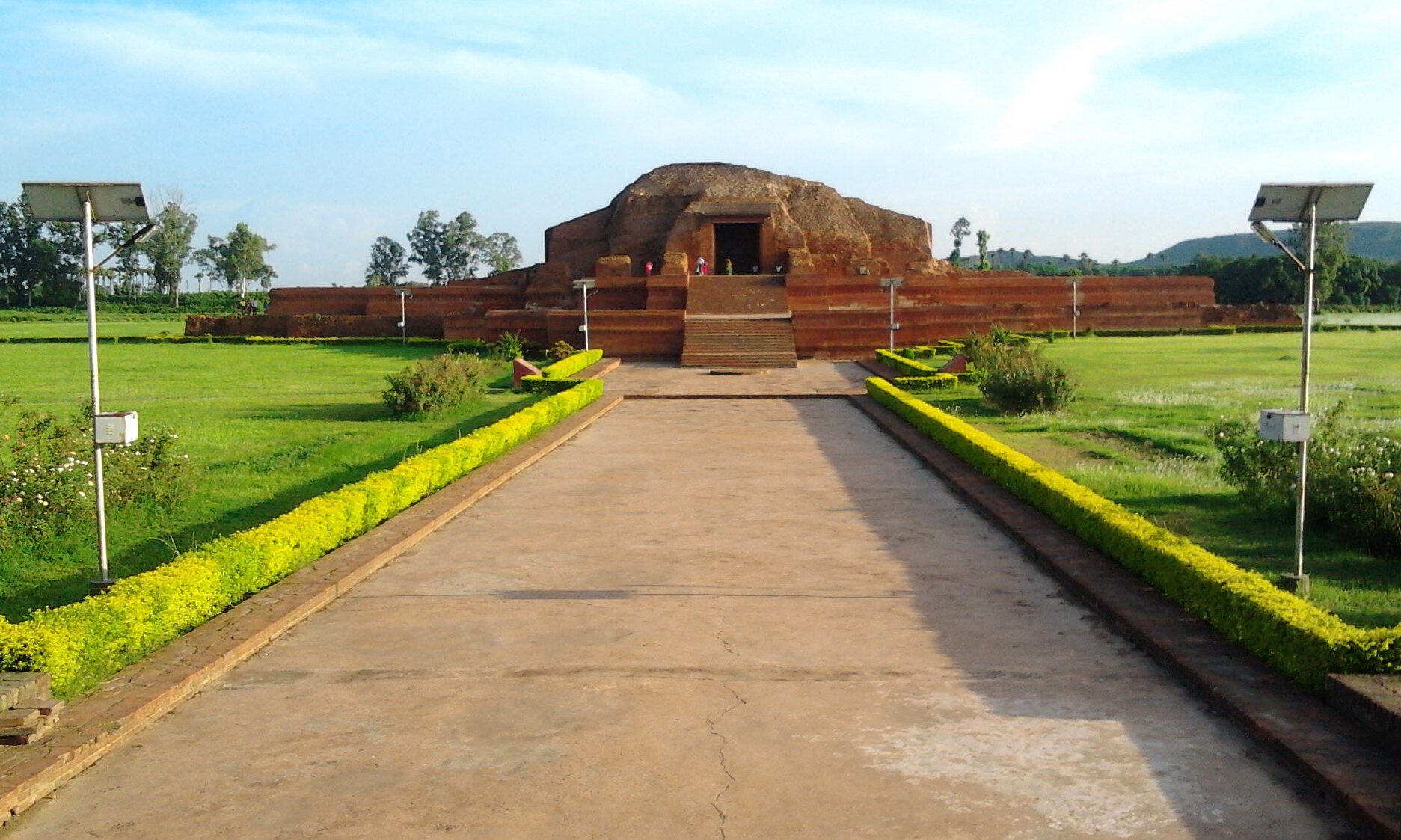Holi is the most popular of the three Indian festivals – Holi, Diwali and Dussehra. It is also the most secular festival although it has a touch of religiosity. This festival is celebrated on the Full Moon Day in the month of Phalgun (February – March).
‘Phalguni Purnima’ has its source in the phagua or phag, the powder used in Holi. The original colours used were red and green. Red as a symbol of desire and green stands for youth and vigour. In Bengal it is known as ‘Dol Purnima’ from the swing in which sat Radha and Krishna. Orissa celebrates ‘Dol Jatra’. In Western India, in Goa and in the Konkan, it is called ‘Simagh’ in celebration of youth and vitality. It is ‘Madan Daman’ or ‘Kamayan’ in South India. Kamayan represents the fulfilment of desire. North India has just ‘Holi’ or ‘Hori’.
Holi has three distinct aspects. It is symbolic of hope for new crops, youth and vigour as well as invocation to the new year. It is said Phalguna was the last month of the year as stated in the Bavishya Purana. This festival heralds the advent of spring. People are in a jubilant mood and feel rejuvenated.
The usual legends surround this festival. Hiranyakashipu, a mighty king worshipped Shiva and was fanatically opposed to Vishnu. His son Prahlad, on the other hand, was an ardent devotee of Vishnu. The father tried to destroy his son but failed. His sister Holika was immune to fire. He employed Holika to enter the fire with Prahlad on her lap. The unexpected happened. Holika was burnt to ashes and Prahlad emerged unscathed. The worshippers of Vishnu, celebrated the occasion by the effigy of Holika. They celebrated the event with phag or powder on Phalguni Purnima Day. Holi was celebrated by the Vaishnavas, the followers of Vishnu.
The Vaishanav cult found expression in Radha and Krishna. According to Srimadbhagvata, Putana, a female demon, tried to kill Krishna, who was the eighth, incarnation of Vishnu. When Krishna was a baby, his uncle, King Kansa ordered a general massacre of all babies. Putana, is the disguise of a woman, suckled infants to death. Krishna, knowing her for what she was, sucked her lifeblood and destroyed her. In Mathura and Brindavan, where the Krishna cult flourishes, the effigy of Putana is burnt. It is here, in the birth place of Krishna, that Holi is celebrated with traditional songs, dances and spraying of colours.
Yet another legend associated with Holi is the destruction of Kamadeva, the God of Love by Shiva. Parvati, the daughter of
Menaka and Himalaya was deeply in love with Shiva. At that time Shiva was immersed in deep meditation and took no notice of her. Kama, in order to help Parvati, disturbed Shiva’s meditation. The enraged God with the power of his third eye, reduced Kama to ashes. Later, he was restored to life at the behest of Parvati. The meditation period of Shiva is considered to be seasonal cycle, winter. The interruption leading to his marriage with Parvati signifies new life and fulfilment.
‘The social customs connected with Holi are universal. The ancient Greeks and Romans, celebrated Baccalian, a fertility cult. In Europe, May Flower Day was celebrated and on this day free mixing among the youth was encouraged. According to the ancient belief, the Sky was the father and the Earth the mother and the horizon was the mating place. In Egypt, the concept was exactly the reverse. The ancient festival was celebrated by the side of the field. Holi, the most popular and yet secular festival, is celebrated by all, cutting across barriers of caste, creed and religion. People enjoy putting colour on one another. The young seek the blessing of the elders. It is a time for free mixing and taboos are ignored. It is a time of hope and joy because spring is in the air.



















